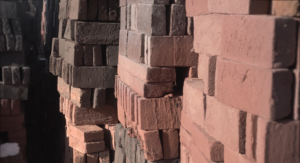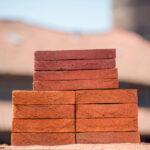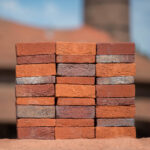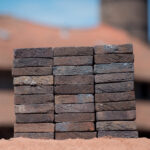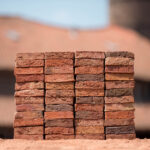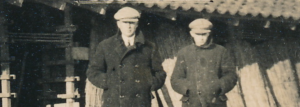The brick process
From freshly supplied clay to traditional brick, it is an intensive project, but is definitely worth the effort. When the clay is sitting in the mould, the bricks first need to spend six days drying in the drier. The pallets of bricks are then transferred to the kiln, where they are fired for 10 days. The ring kiln, which is almost 100 years old, is coal-stoked.
The bricks are heated to a temperature of around 1060 degrees Celsius. This temperature is reached because the stokers throw coals through the stoke holes in the kiln day and night. All that remains then is the cooling process, when the traditional brick becomes a reality. View our impression of the production process,
The result of the process
Traditional brick has an unusual appearance, the bricks are unique and full of colour. No colouring agents are used and the bricks are extremely durable. Architects and experienced structural engineers like to work with traditional brick when realising their projects, as it has an obvious class and character.
The bricks are inspected and sorted to ensure a perfect balance of colours.
Traditional brick has an obvious class and character.
Different types of traditional brick:
